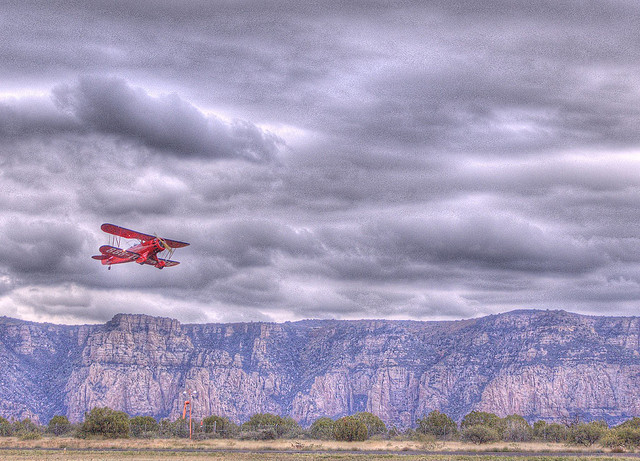I am in West Virginia considering a VFR flight to Sedona and back this mid February. I have not flown in the west mountains before. Do I need any special mountain flying training for this trip ? Does anyone have a suggested route to avoid any high mountain hazards ? Any thoughts or advice is welcome. I will be in a 180 HP C172.
Thanks, Steve
Thanks, Steve
Last edited:



